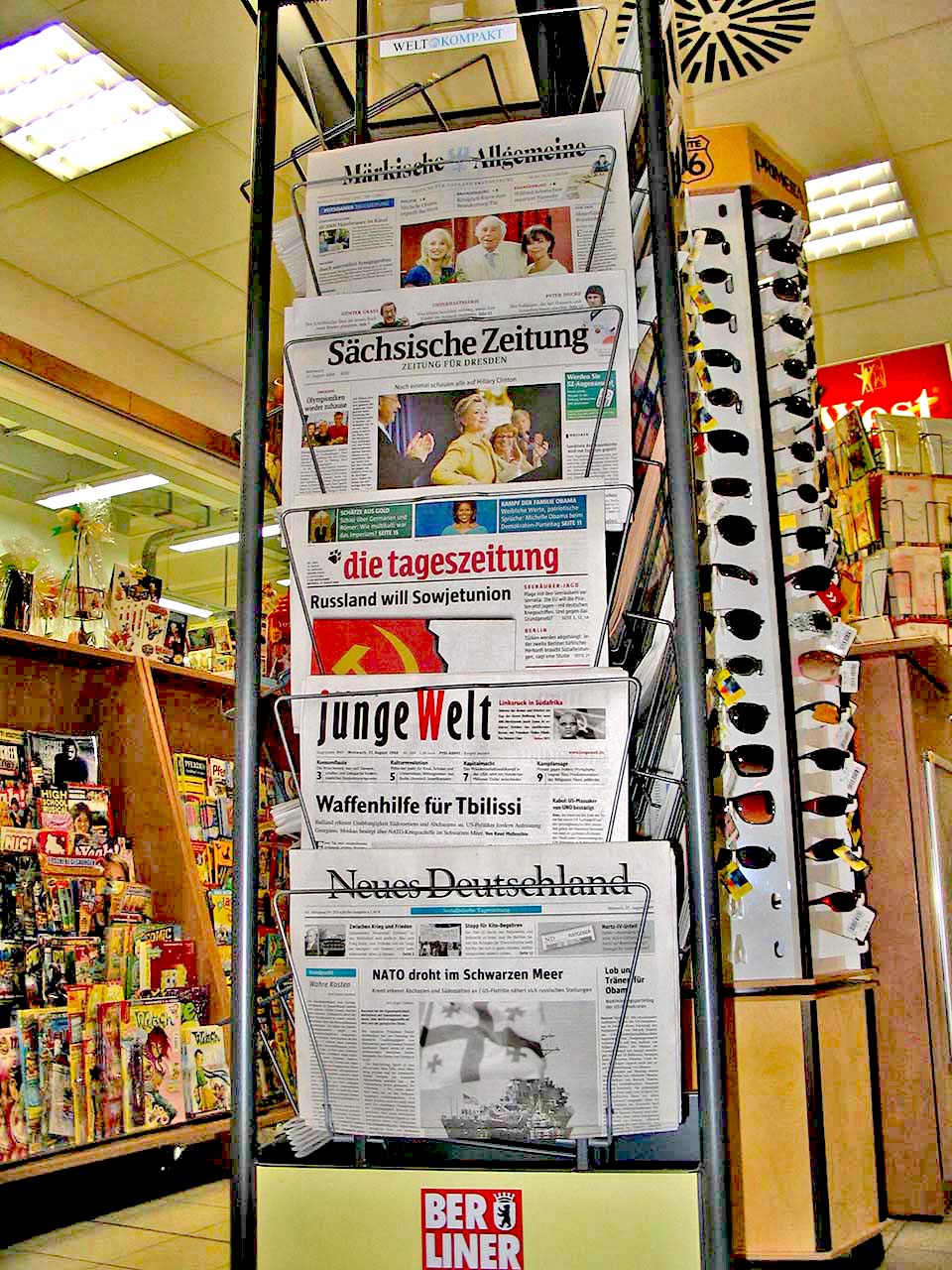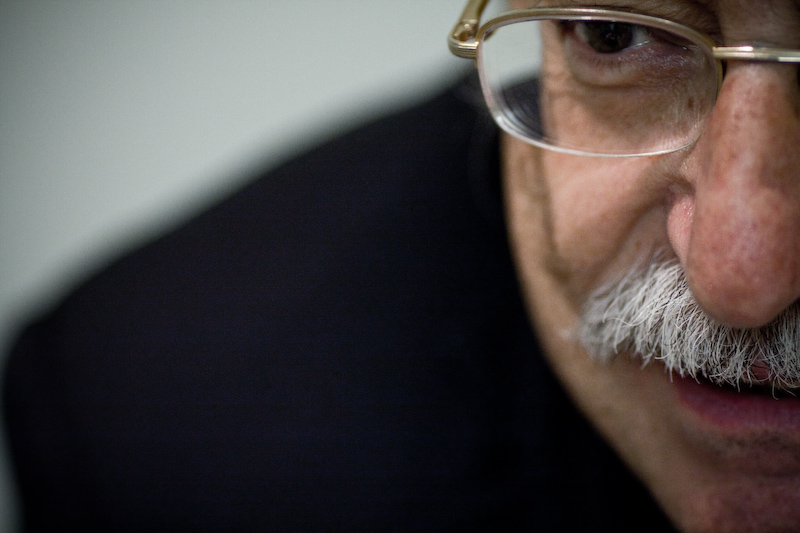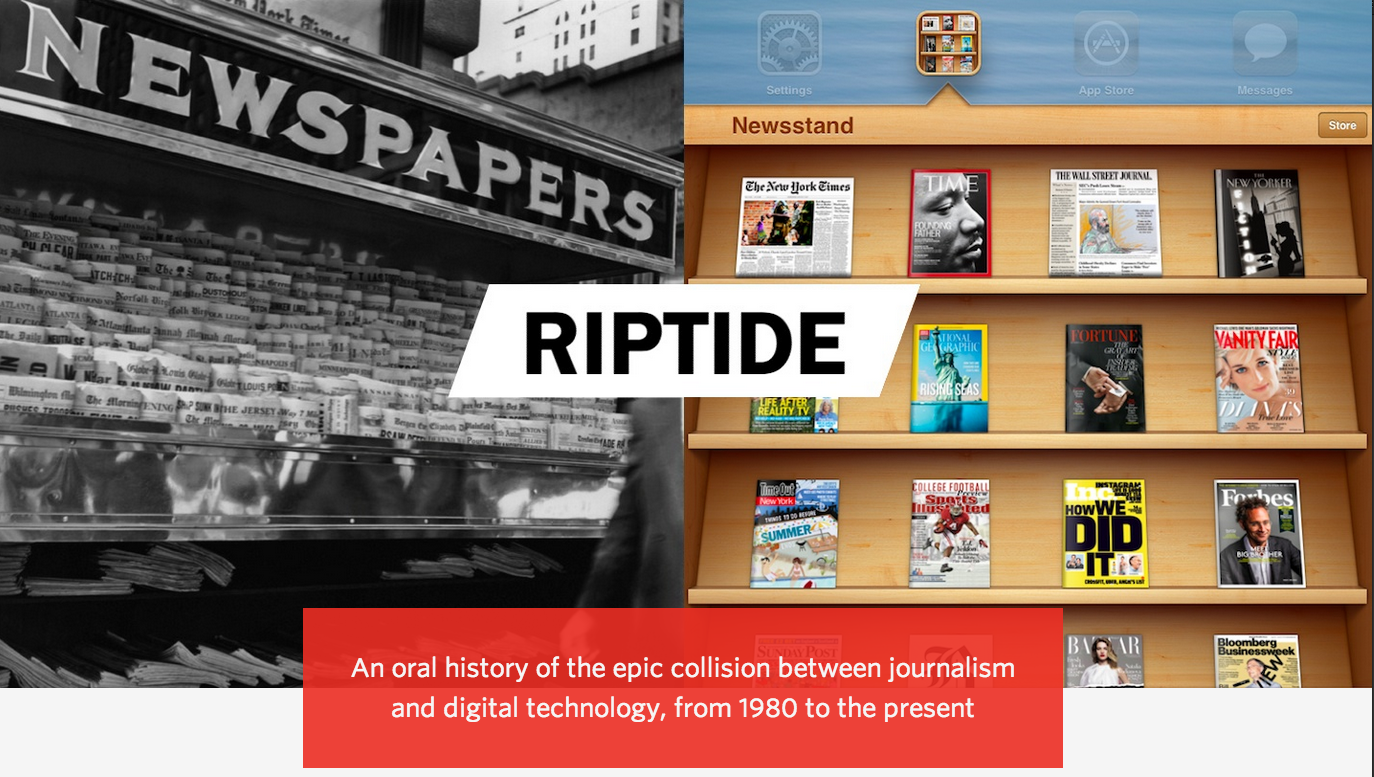It is expected that the Portuguese print sector will suffer a new revenue shortfall, this year, this time from 8% to 520 million euros, according to the study DBK released by Informa D&B.
“The strong kicker advertising investment and poor economic situation has negatively affected the volume of business in the press in recent years,” the study said, adding that the bill has been making a path “trend since 2008, reaching 2012 at around 565 million euros, “about 11% compared to 2011.
“In 2013 it will keep decreasing revenue, estimated a decline of 8% sector“, to 520 million euros, it said.
Last year, the turnover fell in the newspapers (-11.5%) and magazines (-10.7%), for 230 and 335 million, respectively.
In 2012 there were 230 newspapers and 335 magazines in Portugal.
“The number of publishing press companies remain on a downward trend, in parallel with the decrease in the volume of business,” says the study, adding a decrease in the number of publications published paper from 2004 (1.829) for 2011 (1047).
The small-reduction are a feature of this sector, with 90% of workers with a number of less than 10%.
“In the area there is a remarkable business concentration, which has grown in recent years, noting in 2011 the first five publishers a market share above 40%.”
Source: Económico








